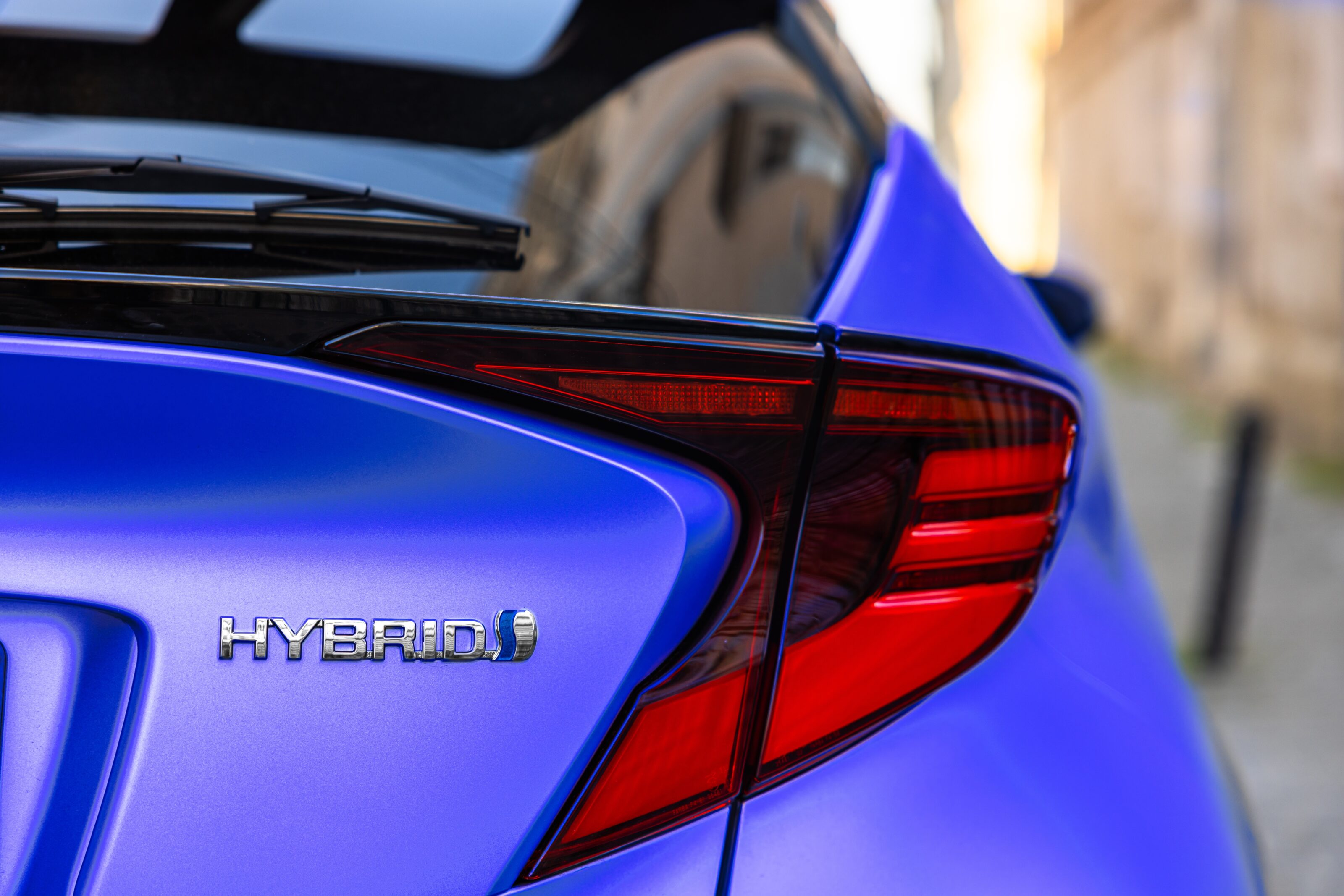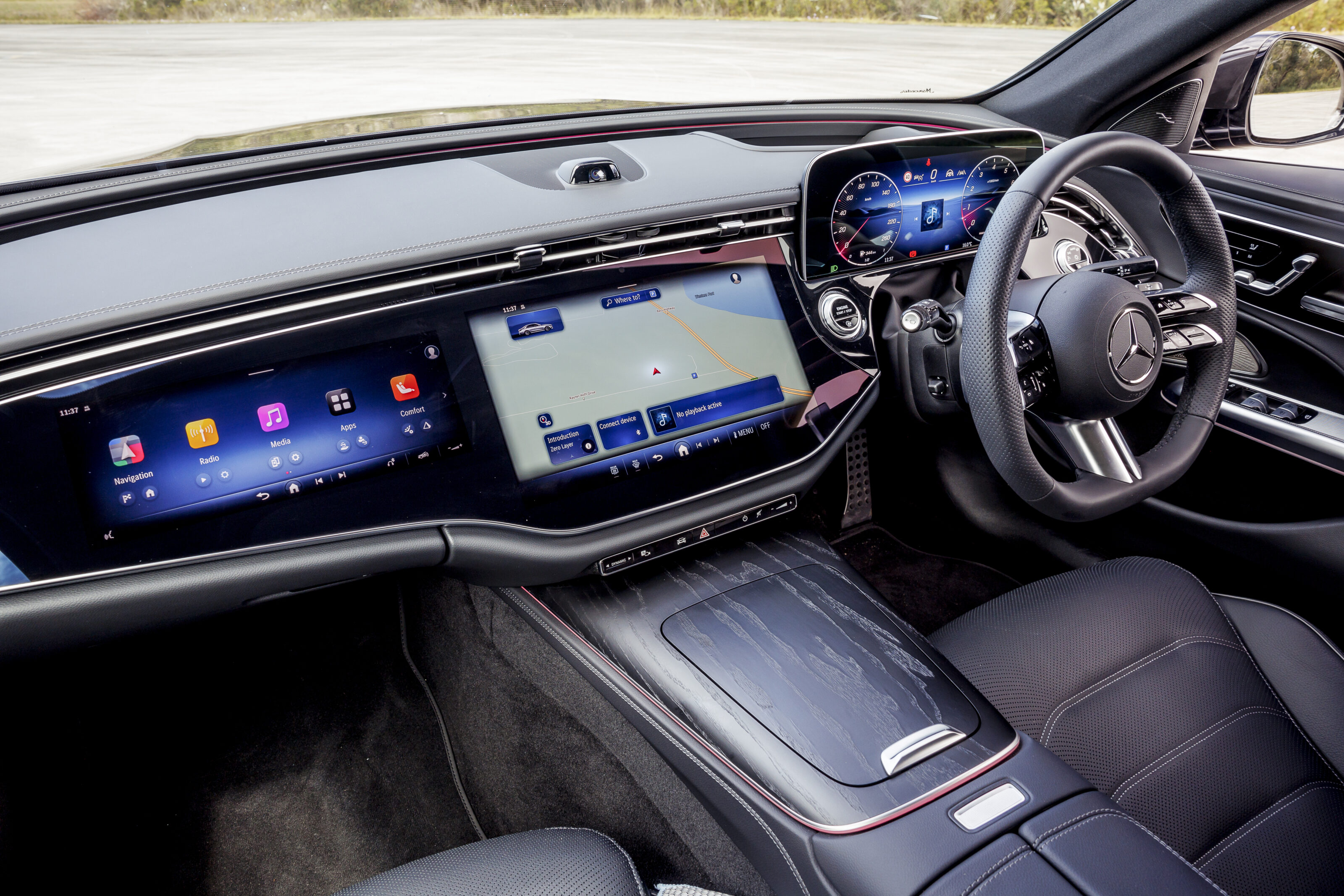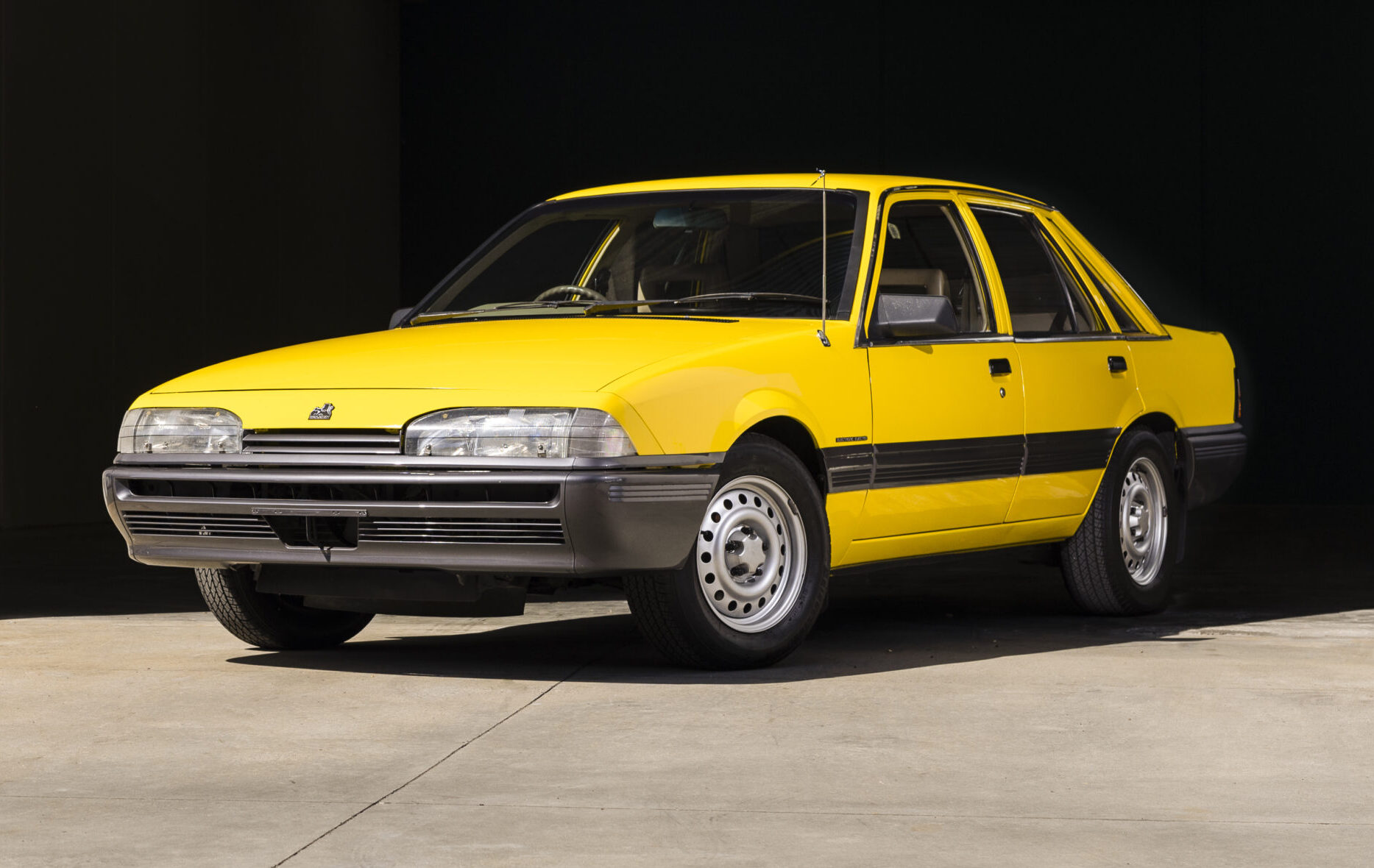WE DON’T usually associate Lamborghini with working smarter rather than harder.
The popular image of the Sant’Agata firm is all big noise, loud colours and drama. A more studied, cerebral approach to beating the opposition is a more recent development. Along with developing smart new carbon fibre technology, Lamborghini finds itself at the forefront of production car active aerodynamics. Its Huracan Performante heralds a whole host of methods to massage and marshal air flow, from its splitter with movable front flaps to a rear wing that can channel air through intakes at each side, opening and closing each independently to generate downforce on the inside rear wheel mid-corner.
‘Aerodinamica Lamborghini Attiva’ is far from the first active aerodynamic system. We’ve seen all sorts of developments in this sector from the simple motorised rear spoilers seen on the Mitsubishi 3000 GT and Volkswagen Corrado right through to the dizzyingly complex air management systems of today’s hypercars. We take a look at four of the key exponents here.
Mercedes-AMG GT R


Koenigsegg Agera One:1


Pagani Huayra
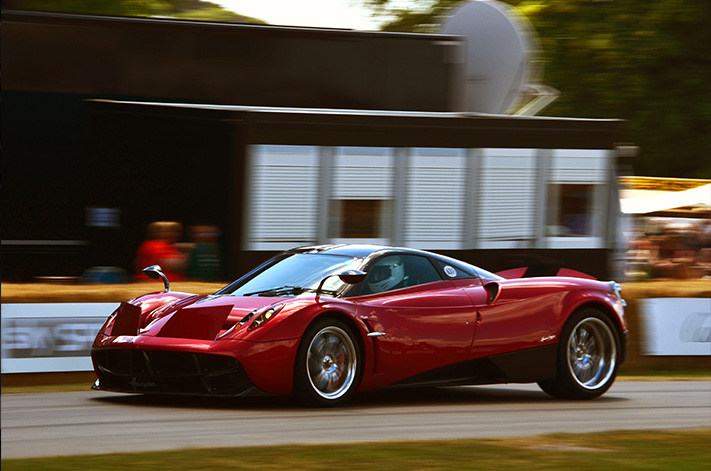
The Huayra’s set of movable flaps front and rear might be the coolest looking active aero on offer, but it’s arguable how effective it is from a vehicle dynamics perspective. The two large flaps at the back are mounted a long way inboard, so the differential drag between the two of them is never going to create a large moment of downforce torque. The software controlling the flaps biases heavily for low drag configurations, so it’s arguable that in slower corners, a more effective downforce model would be to have both rear flaps at maximum height.
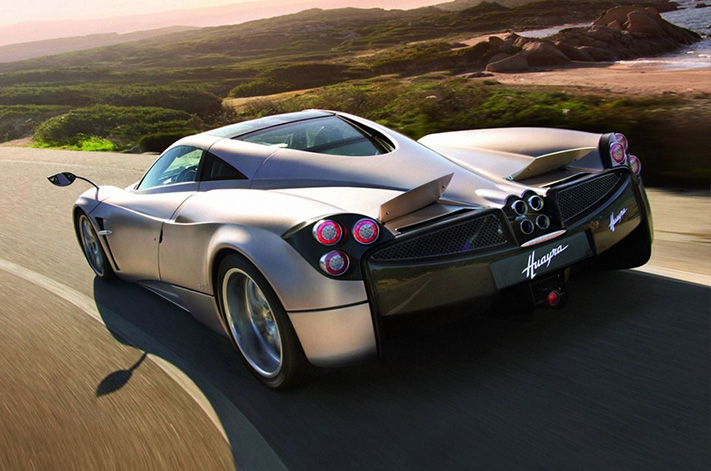
Ford GT







